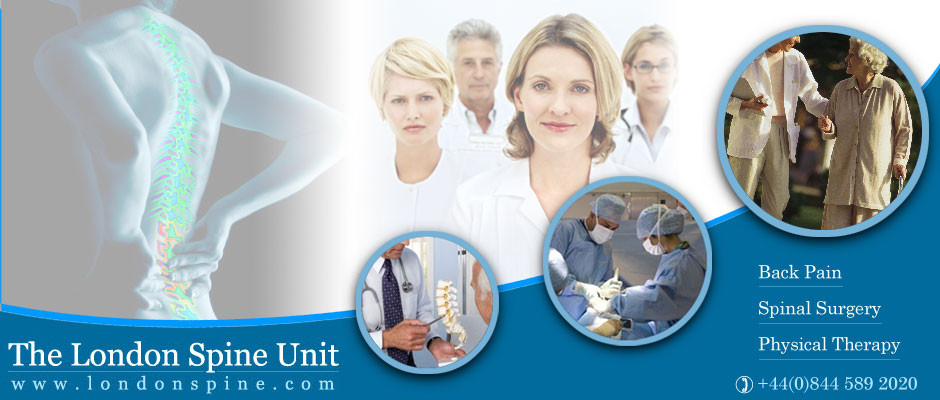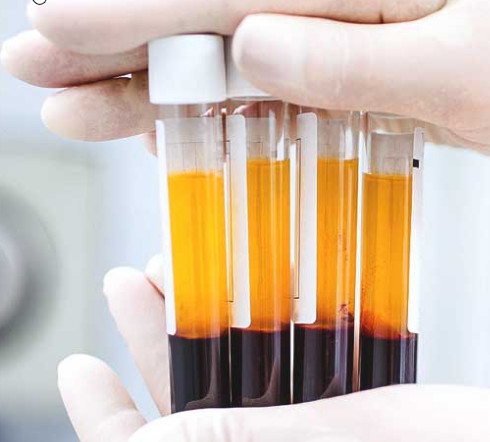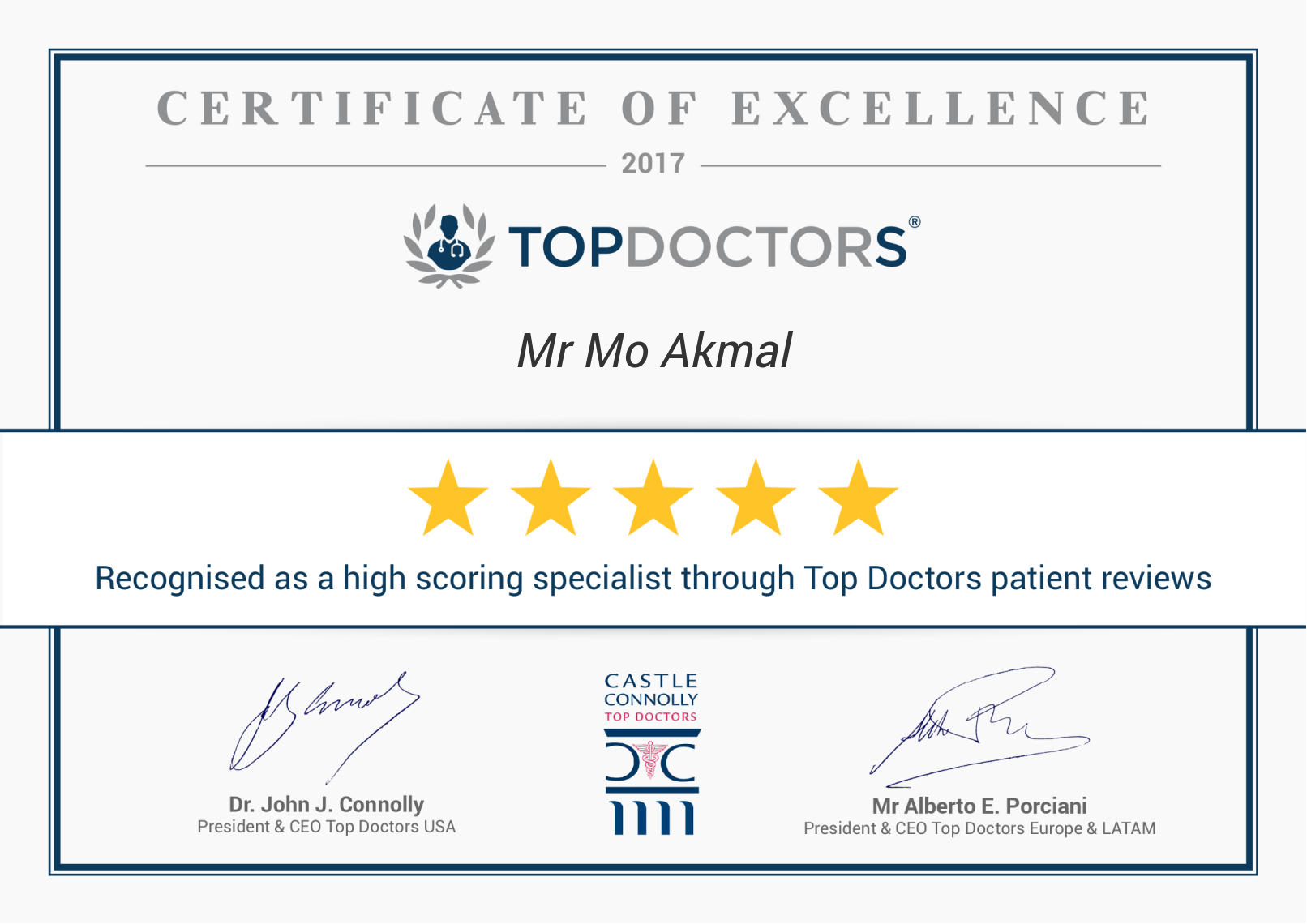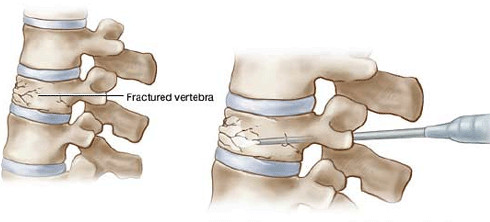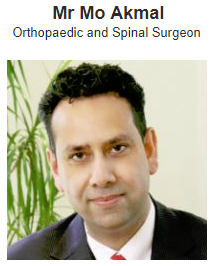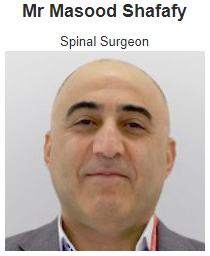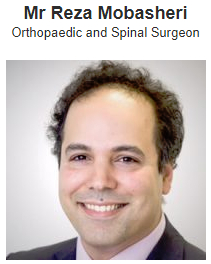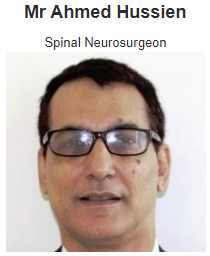In order to obtain the PRP, the following steps are followed, which vary depending on the used technique. The method can be opened or closed thanks to the use of disposable kits.
First, by venepuncture, the patient's blood is withdrawn in sterile tubes with citrate as an anticoagulant. Afterward, centrifugation is carried out of the tubes in a conventional centrifuge. The time, the speed and the number of times that it is centrifuged depend on the used method. To avoid the fragmentation of platelets and the consequent early release of secreted proteins, with a compromise of their bioactivity, low centrifugation speeds are recommended. When the anticoagulated blood is centrifuged, 3 layers determined by the density gradient are formed: the lower layer composed of red blood cells; the middle layer, composed of white blood cells and platelets; and the upper layer, composed of plasma. The plasma phase, in turn, can be subdivided into 3 fractions depending on the number of platelets present, which from top to bottom are: a platelet-poor fraction, the middle fraction with an average concentration of platelets and the platelet-rich fraction. This division of the plasma phase is not detectable to the naked eye, so it is established as 1/3 superior, inferior and medium of the volume obtained.
By pipetting, each fraction is separated into different sterile tubes. We at the Harley Street Hospital assure the quality of the obtained product because we count on highly experienced personnel performing the process. To achieve platelet degranulation and the subsequent release of growth factors and other bioactive molecules, we proceed to activation of the lower fraction of the plasma phase. The platelet-rich phase can be activated with different methods; the most commonly used are calcium chloride and thrombin.
Depending on the desired application mode, injected or in gel, the activated mixture will be injected in the next 10 min or wait until the gelation is achieved, for which heating or the addition of bioactive polymers is normally required.
Different in vitro tests have been carried out to establish the cellular and molecular content of the different commercial systems. Among the results obtained, the important interindividual variability and the lack of proportionality between the platelet concentration and the number of growth factors obtained with the different methods are highlighted. The clinical impact of the found differences has not yet been determined.


